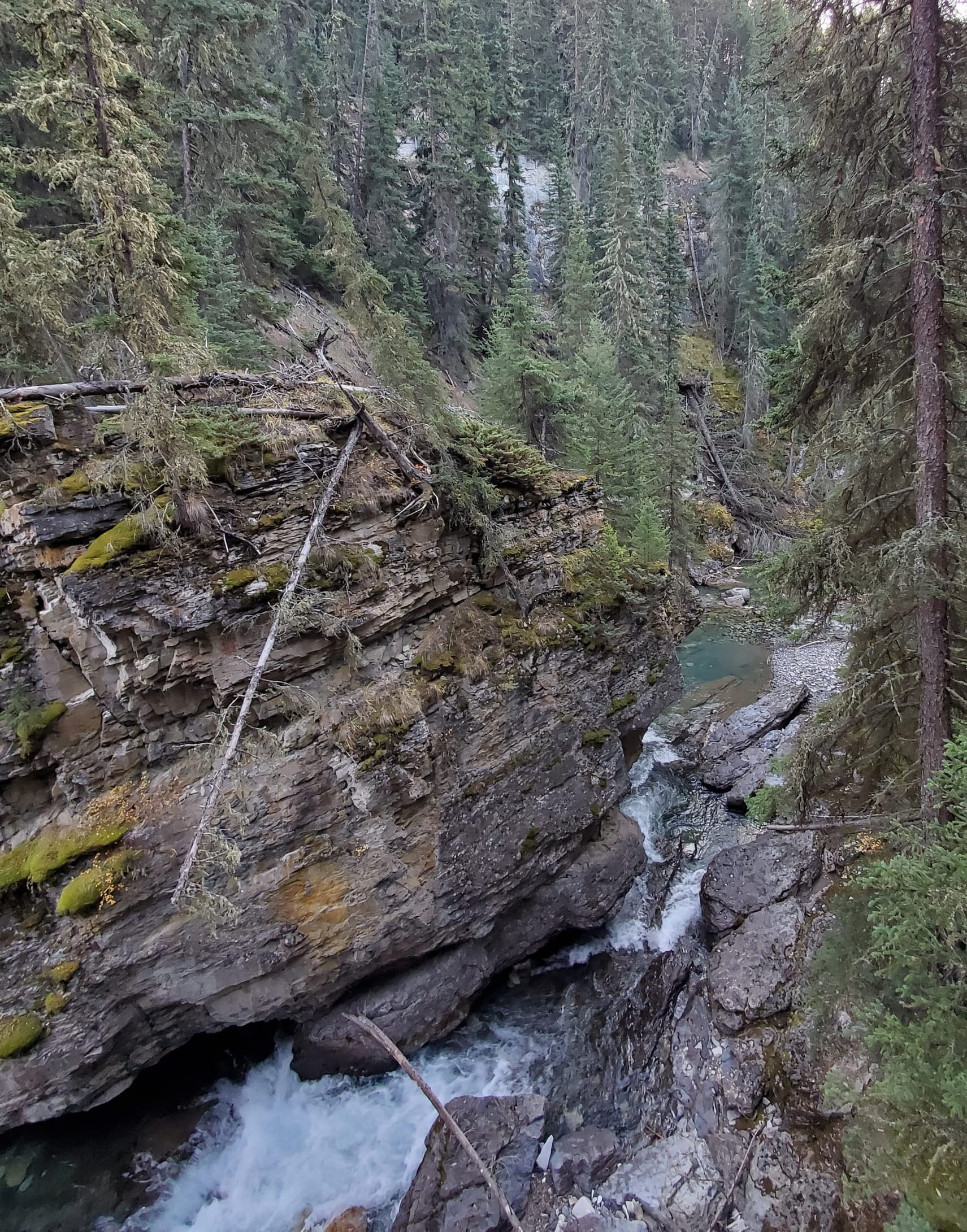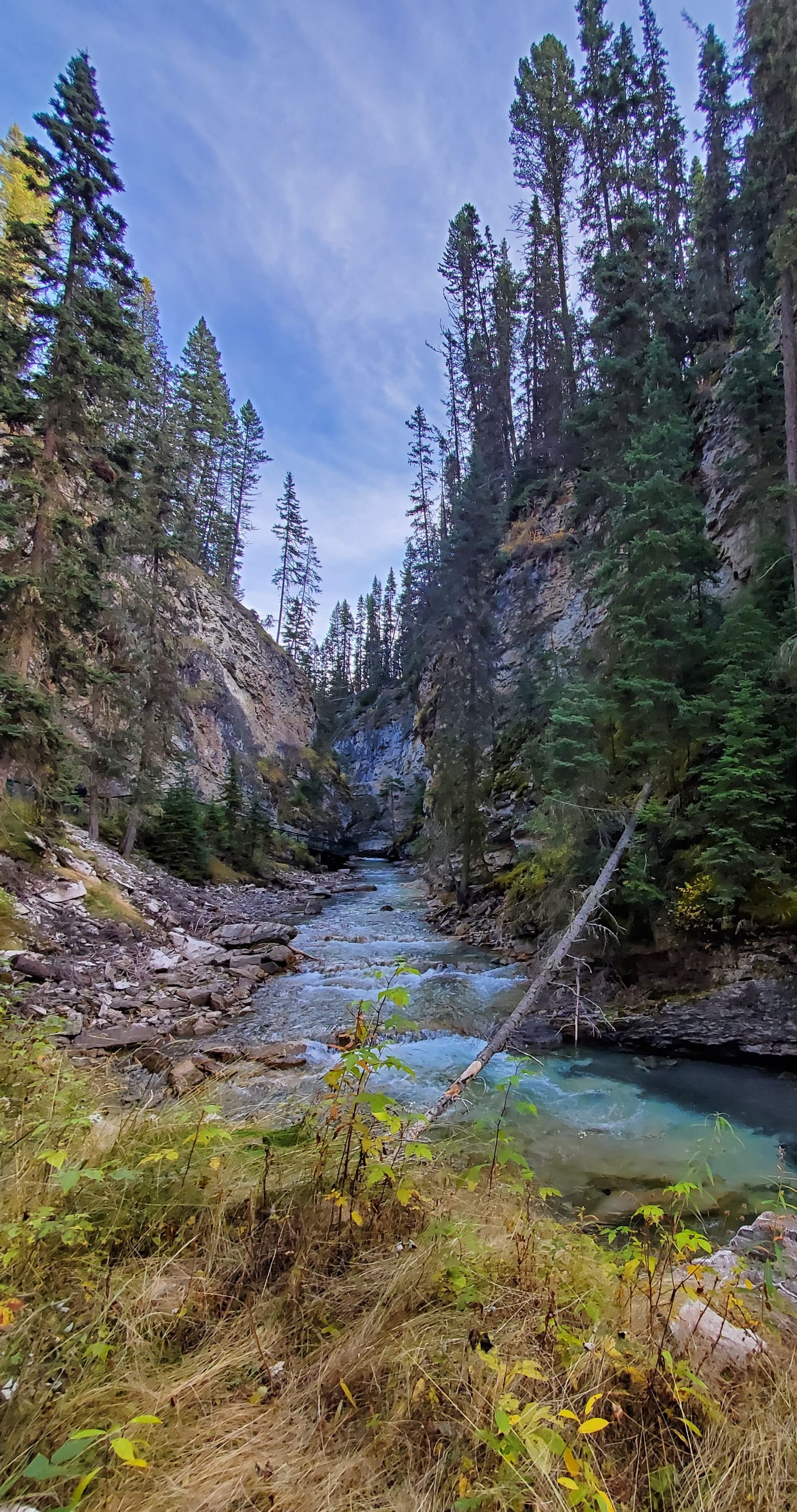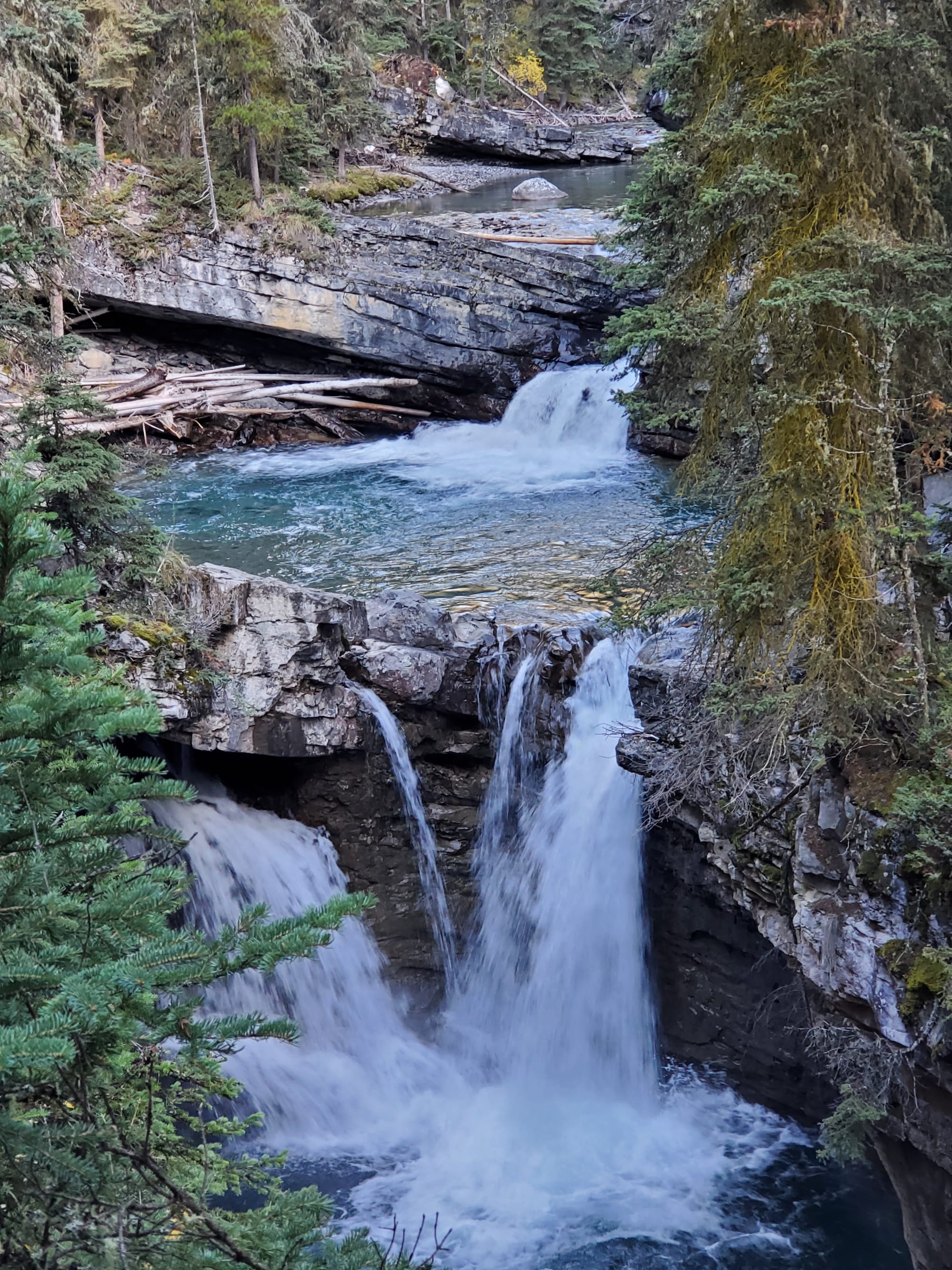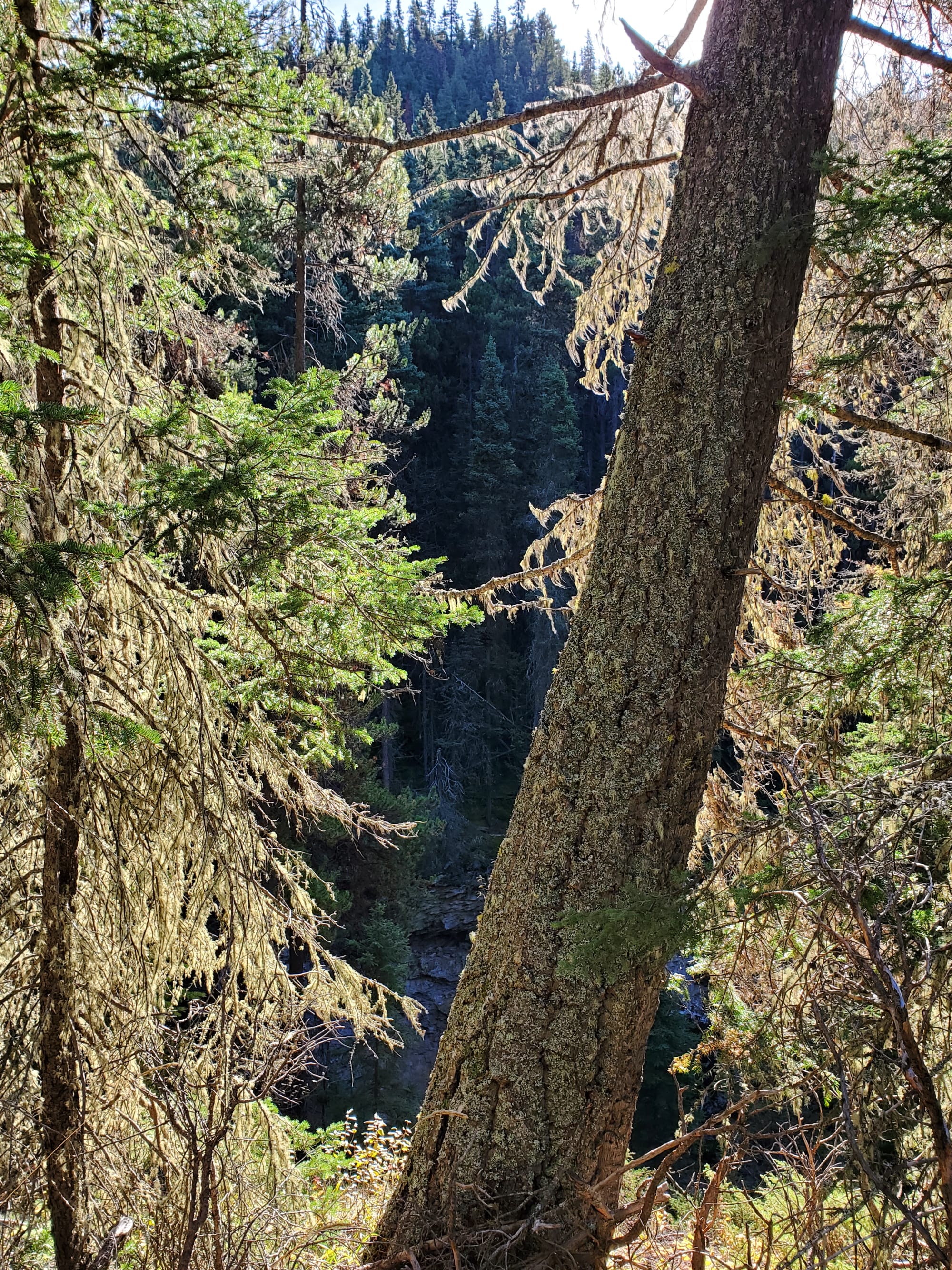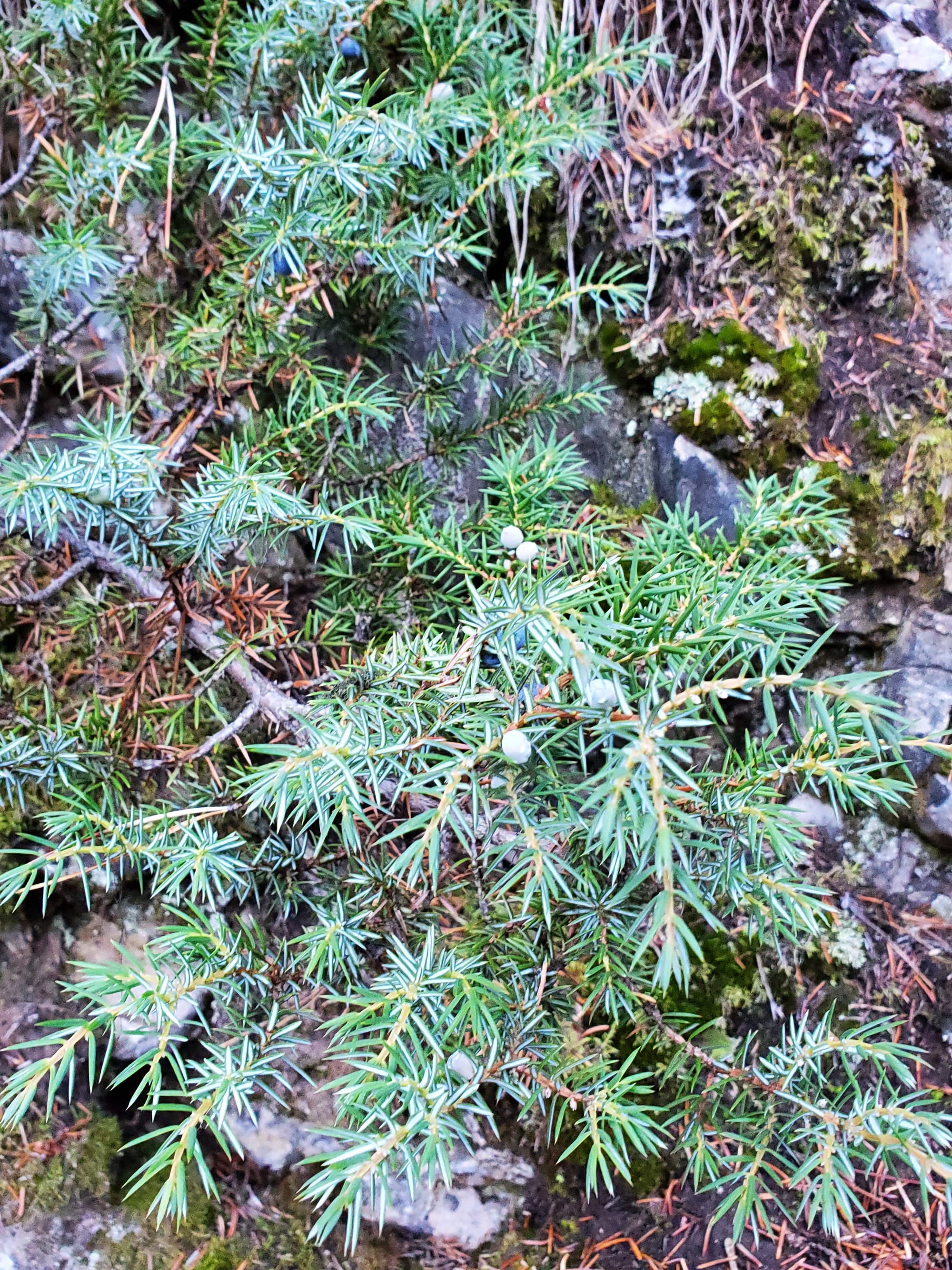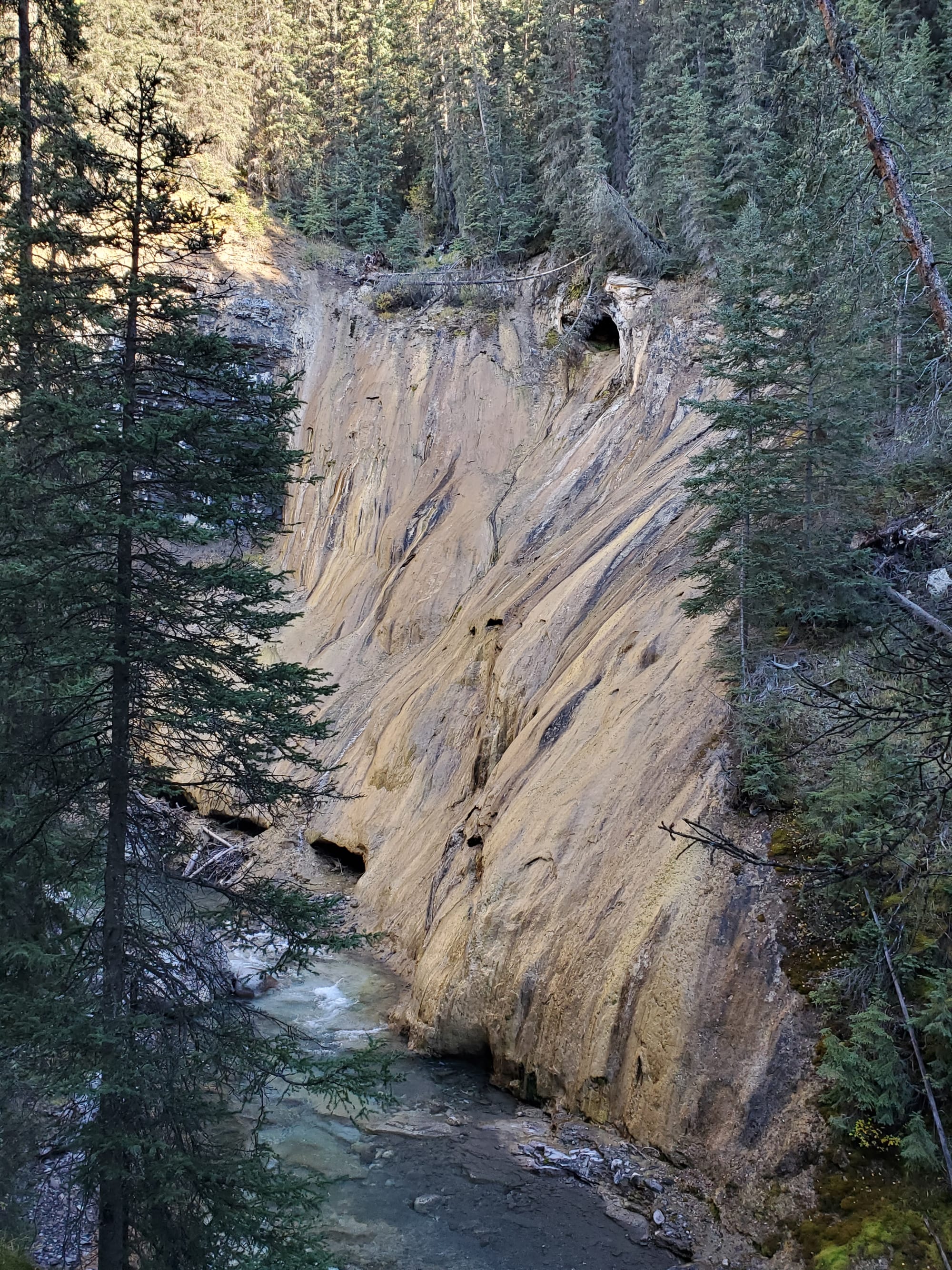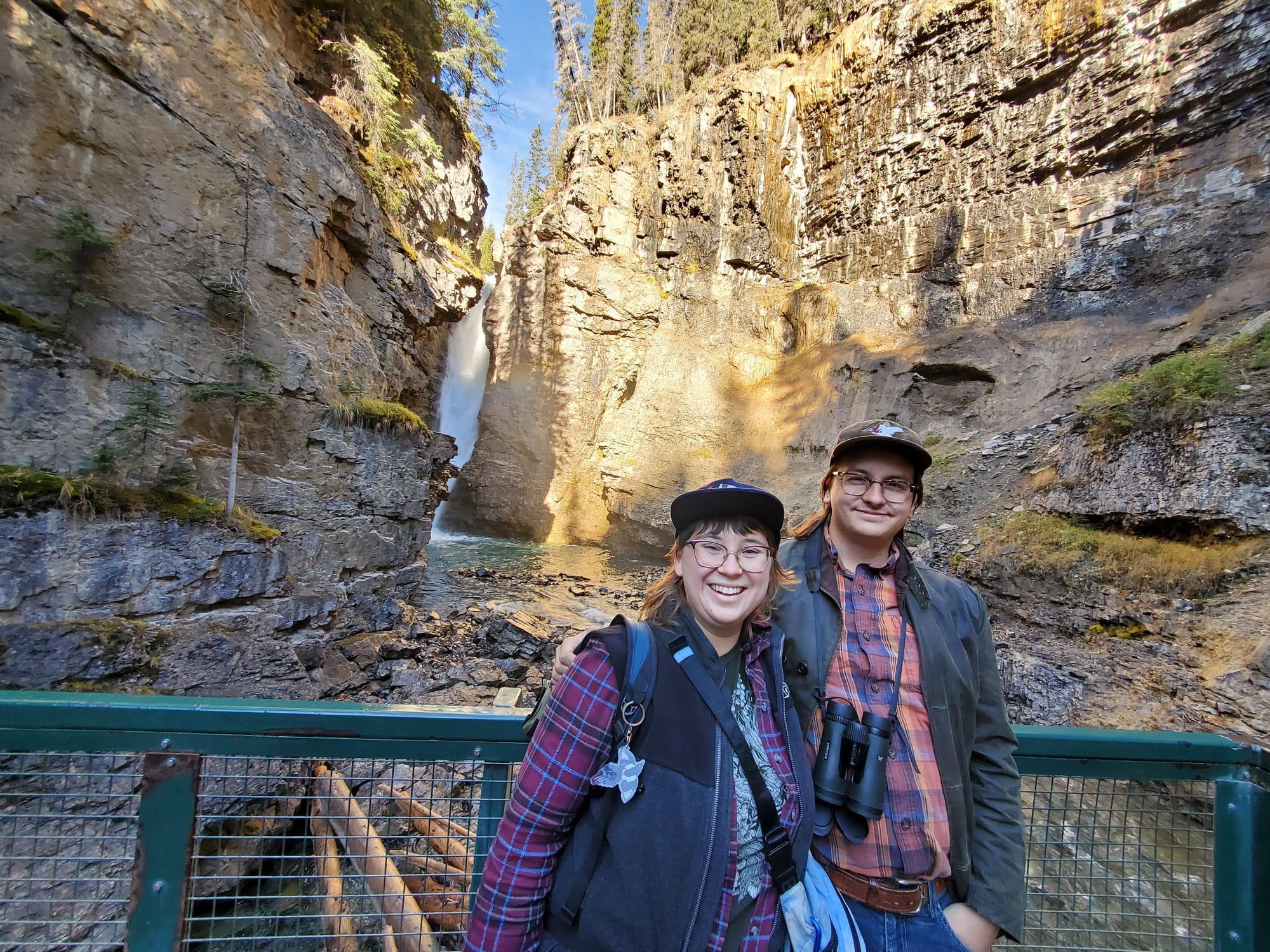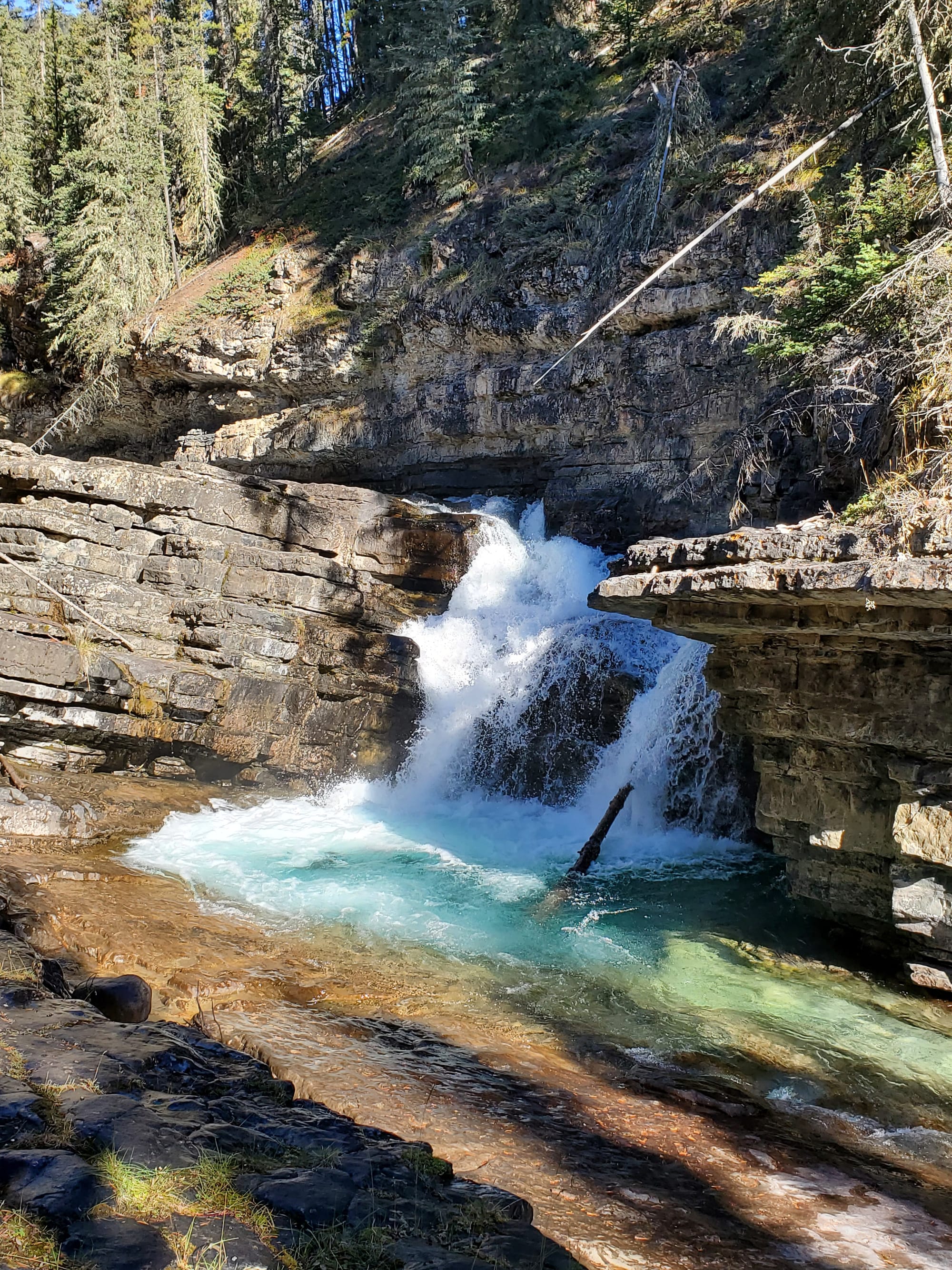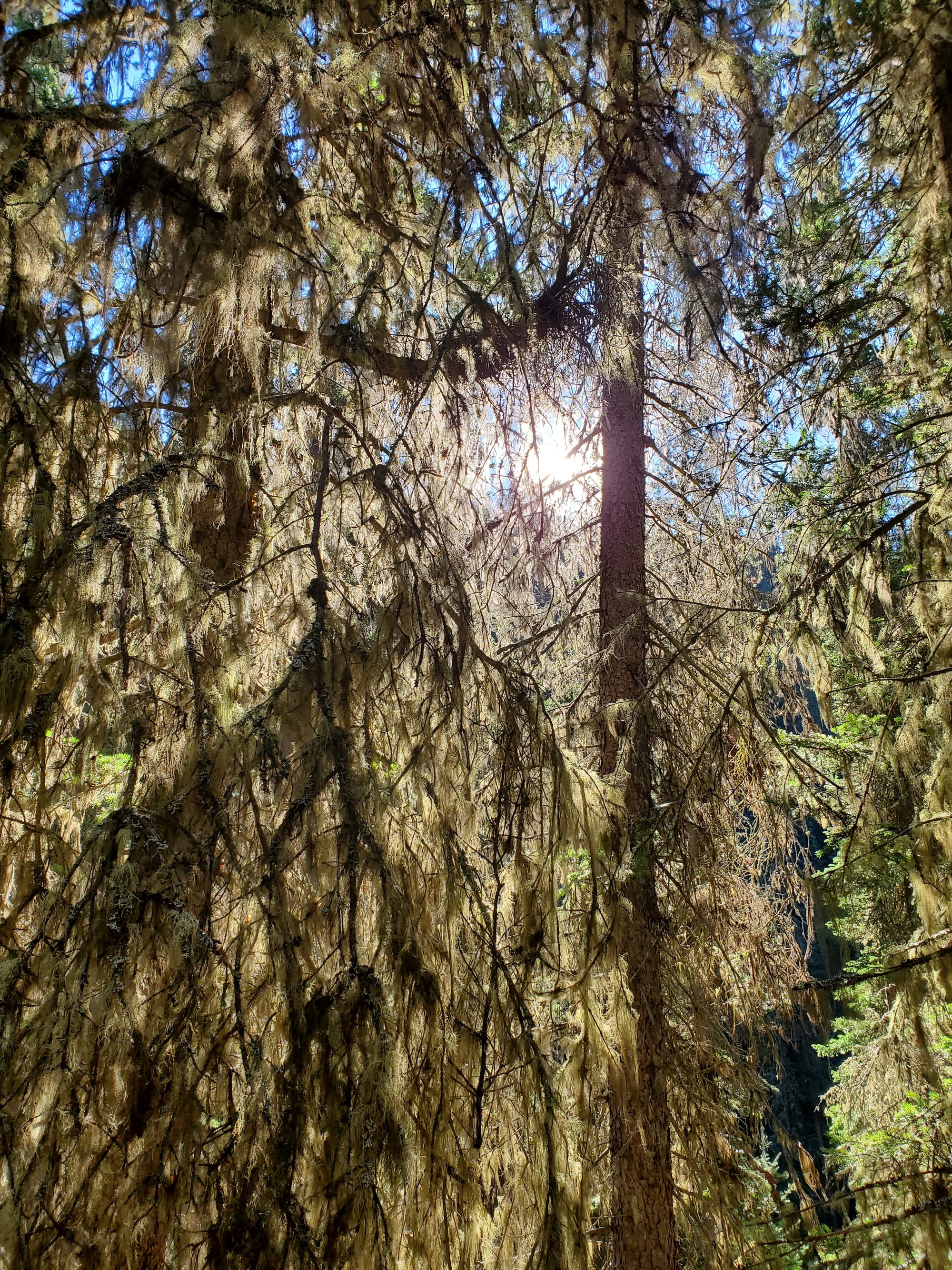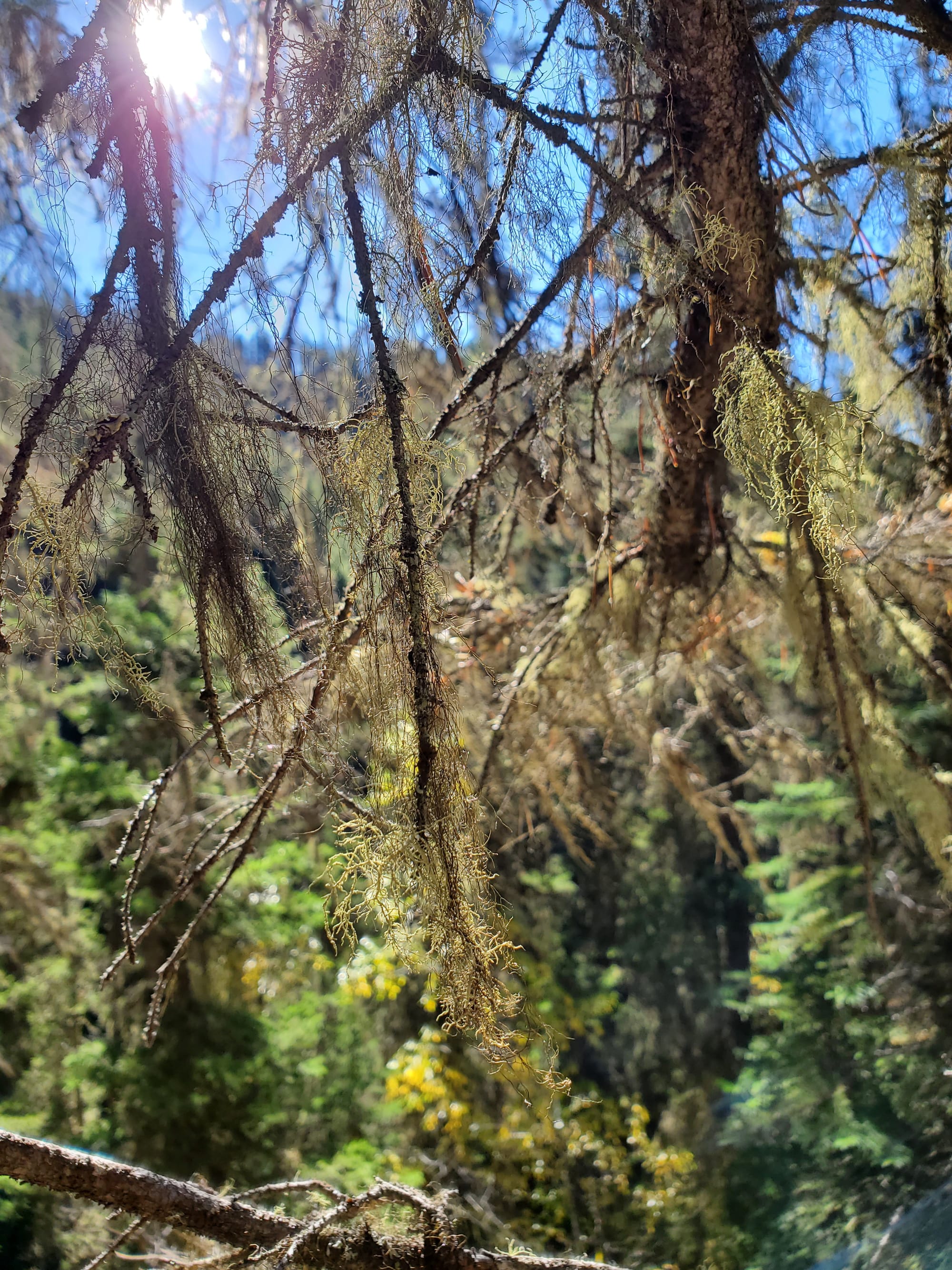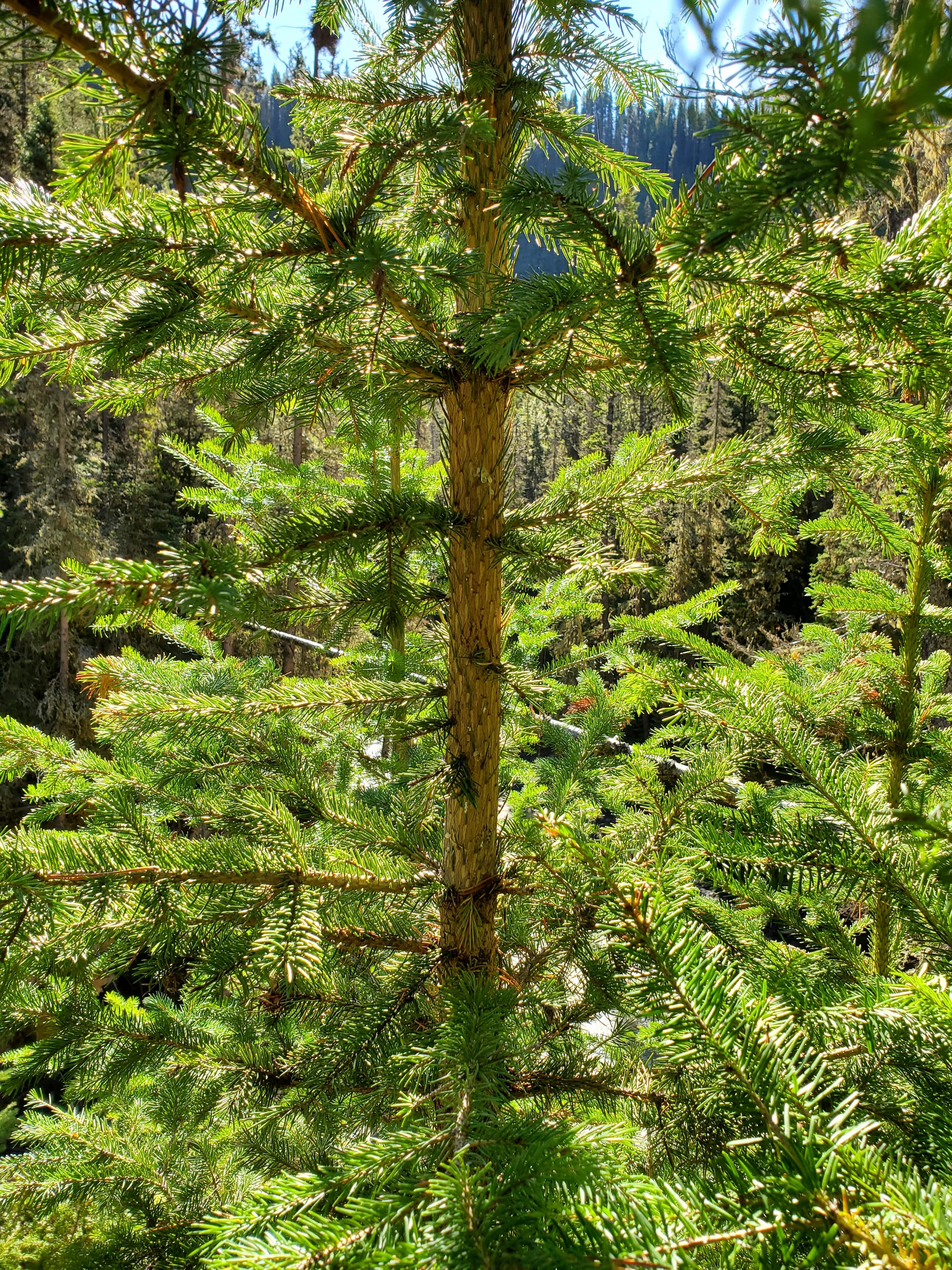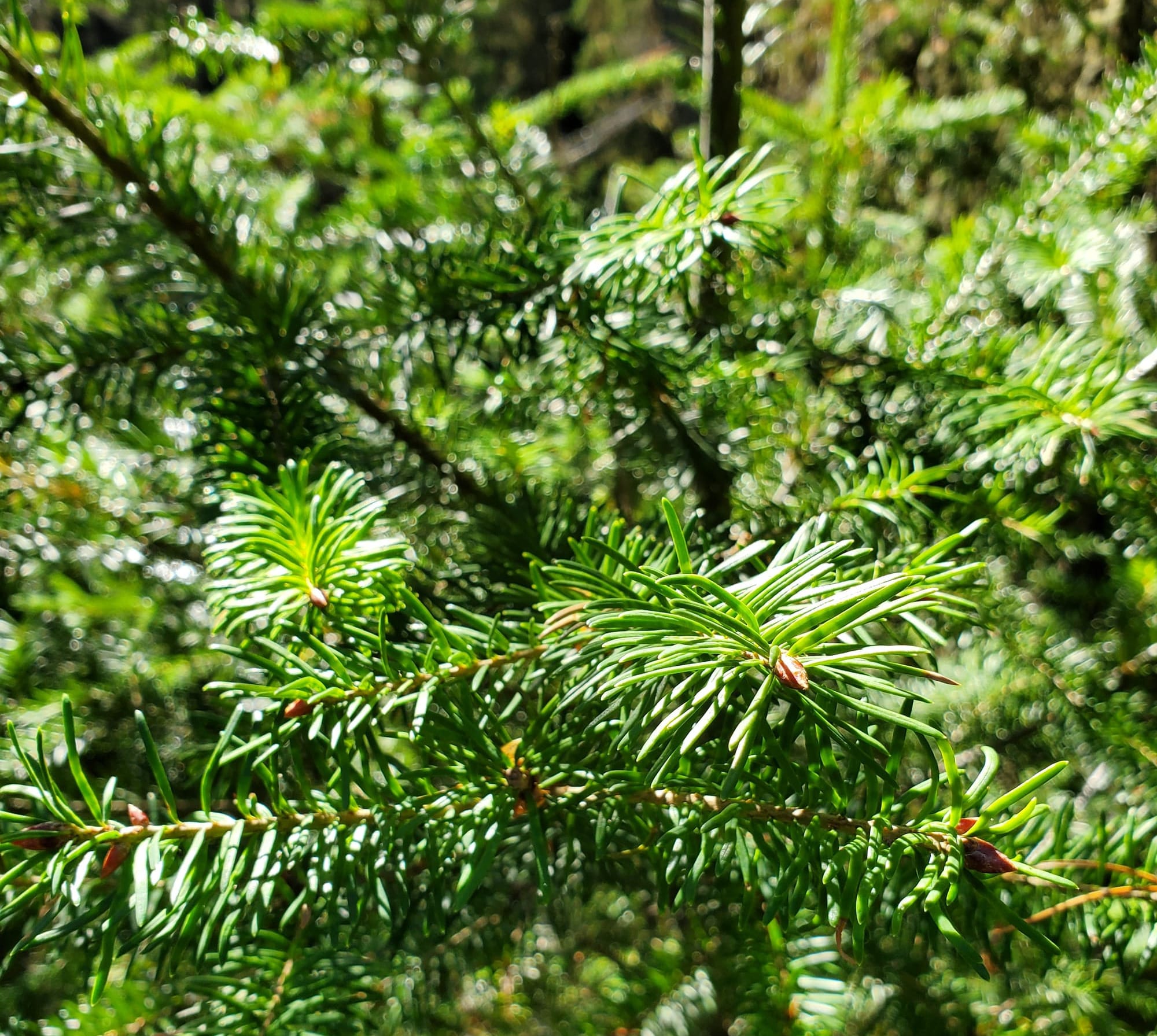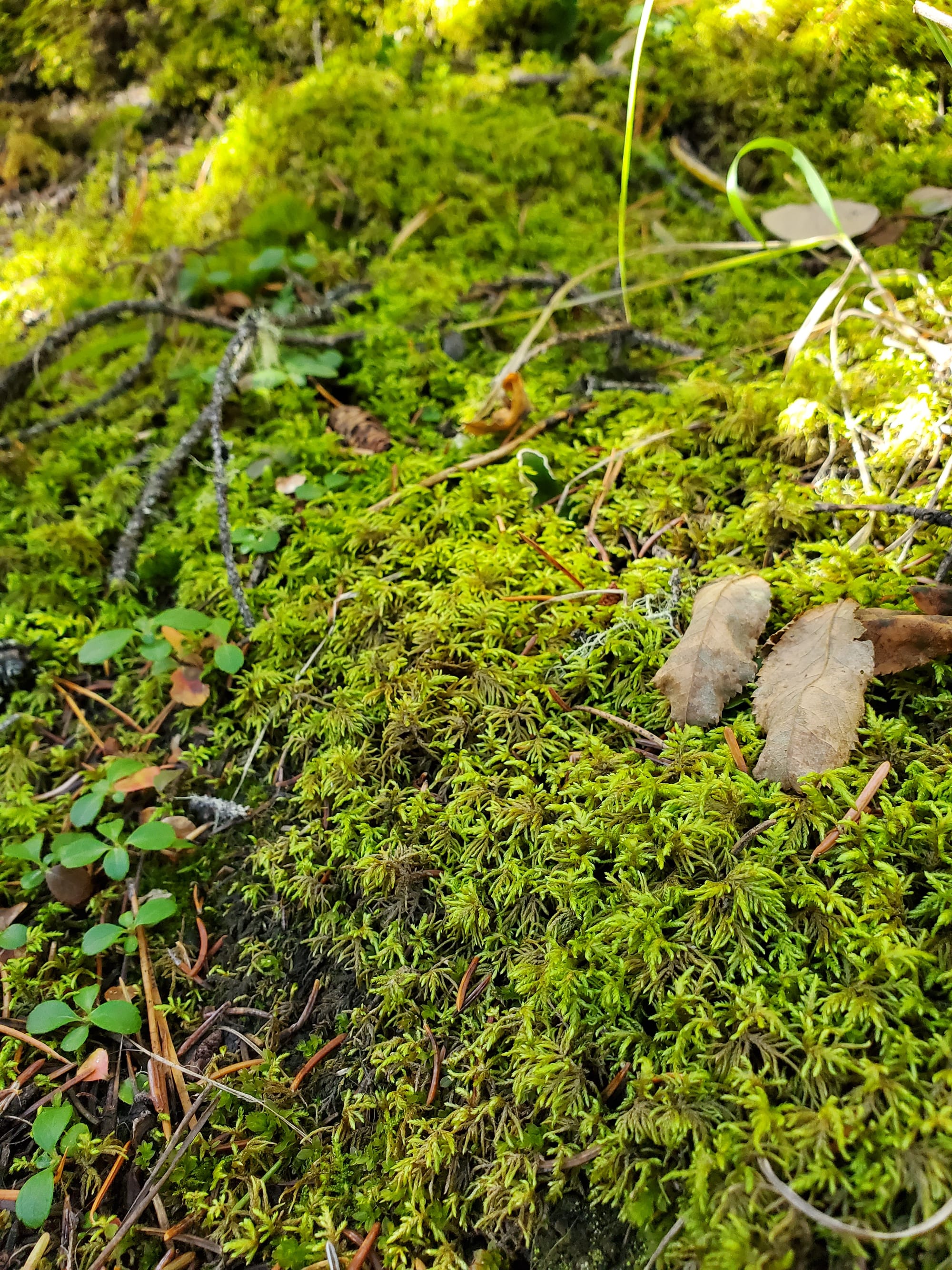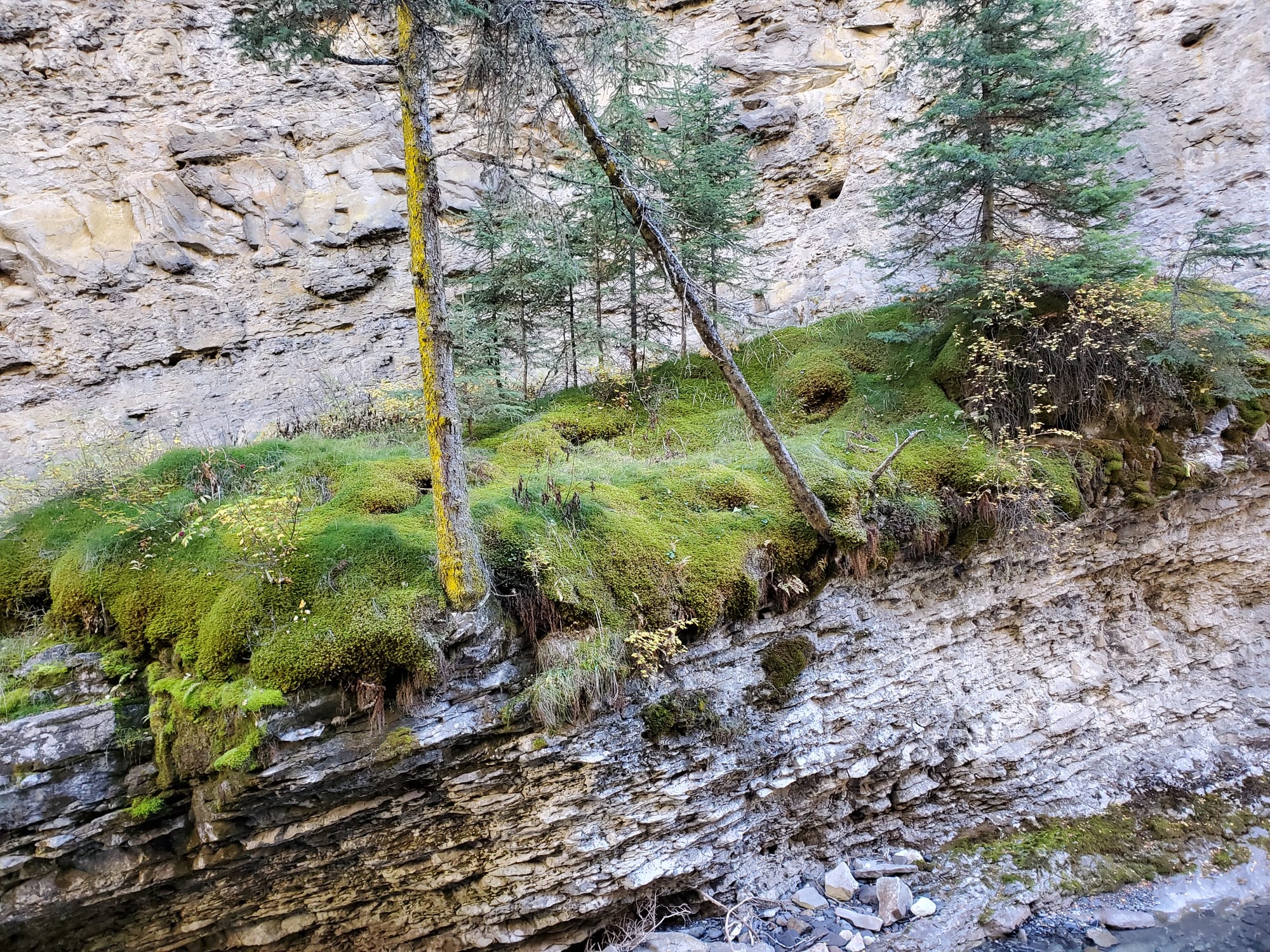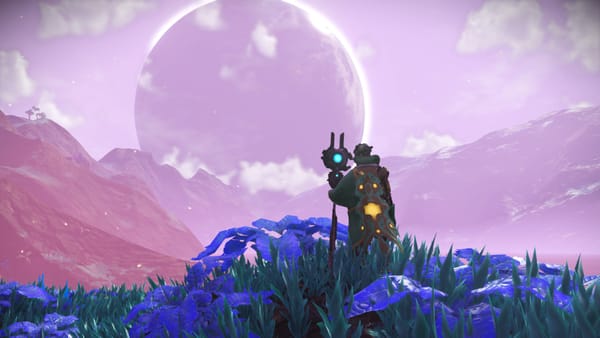Nature Journal Entry #7: Johnston Canyon
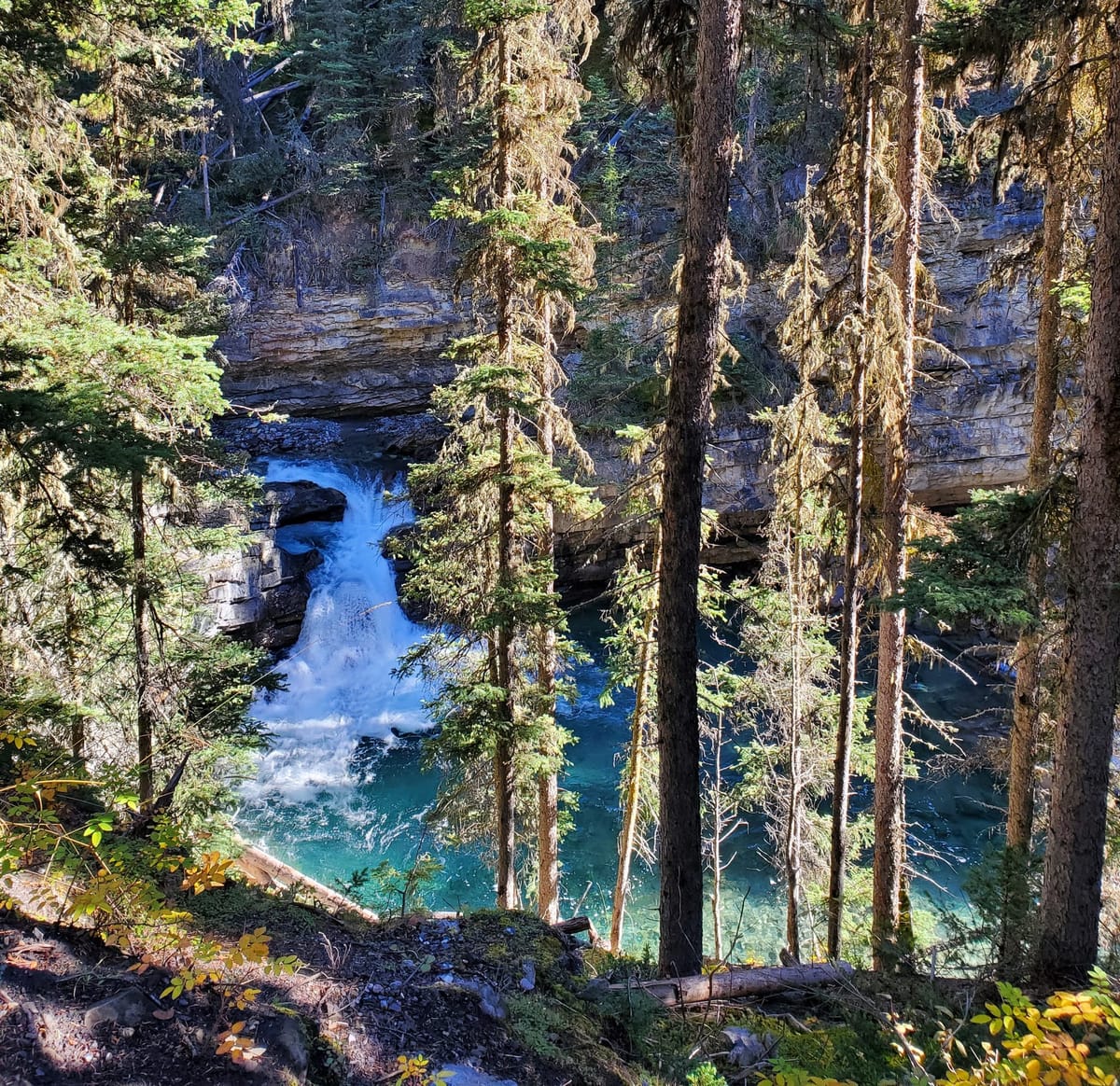
Where: Johnston Canyon in Banff National Park
When: October 7th 2024 (Mid-Morning - Early Afternoon)
Highlight: Old Man's Beard Lichen, the American Three-Toed Woodpecker, and the beautiful glacial waters.
I took Monday off work to join Taylor, James, and Tricia out for a day trip to the mountains. We decided upon a popular pathway within Banff National Park that trails above Johnston Canyon. At the bottom of this canyon are the blue glacial waters known as Johnston Creek. The mountainous climate of the region provides this canyon with a unique sensation compared to a lot of other places Taylor and I have visited before. Yes, it is cool and moist, but wandering primates from the Prairies might feel dwarfed by the sheer verticality of the canyon (pst - that's me). In a fairly primal moment, a F-16 soared overheard and the sound dominated everything else around us due to canyon amplifying it.
Let's talk hydrology for a moment. According to Wikipedia, the source of the waters is from a glacial valley to the north of Castle Mountain. The creek flows south until it reaches this gorge. Along the gorge, it cuts through limestone cliffs and produces majestic cascading waterfalls until this tributary feeds into the Bow River (and eventually into the glasses, sinks, baths, and gardens of millions of folks along the watershed). Given the recent challenges with the City of Calgary and our water supply, the pristine waters have greater importance than ever, especially as climate breakdown intensifies in the decades to come.
Along these waters, many animals calls this place home, from Golden-mantled Ground Squirrels to American Dippers, but most notably Black Swifts. These swifts are endangered and they specifically rely on cool rocky canyons like this for breeding. There was a lot of signage indicating that folks should stick to the trail to ensure that the species is not disrupted (which people should do regardless). If glacial waters dry up, these creatures will very likely find themselves in a more challenging world. For ourselves, we arrived later in the morning, so our avian friends had mostly quieted down. That being said, we stumbled upon a couple of American Three-Toed Woodpeckers (or Picoides dorsalis). This woodpecker is often found throughout coniferous forests across the continent. They are fairly well-adapted to adjusting to disturbed woodland (after wildfires for instance). It took awhile to figure out who they were, but once we got back to the parking lot's restaurant, Black Swift Bistro, we identified them using our Merlin app (they are a lifer for us!).
Throughout the trail are a lot of unique plants, fungi, and lichen too. There are towering lodgepole pine trees and young douglas-fir trees, but also smaller conifers like common juniper bushes to grow along the cliffs. Most prominent to myself was the Old Man's Beard Lichen. This thread-like pale green/grey lichen hangs off conifers of all shapes and sizes. It is considered a "fruticose lichen" which are defined by a "coral-like shrubby or bushy growth structure." From James' experience, this lichen can make excellent kindling when dry. The canyon's shade and moisture is excellent for fungi and feather moss too. There were also two different berries that we seen: Canadian bunchberry and Strawberry blite (the latter of which is often found in moist canyon's like this).
This canyon shows how deeply important place is to the foundations of life. We, like all creatures of this planet, rely on specific conditions that make life flourish. This is what ecology is all about.

